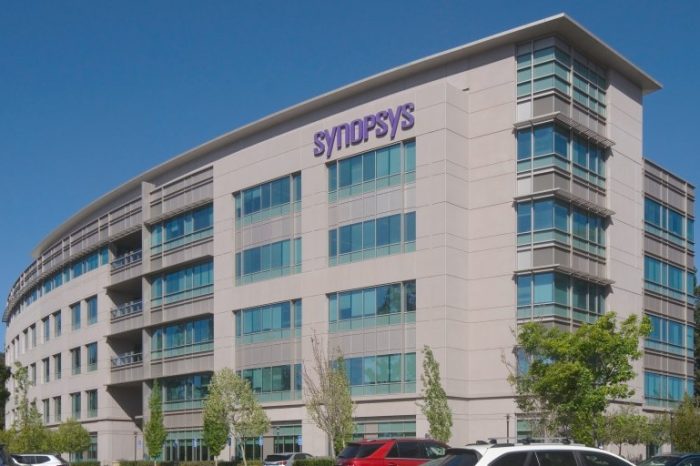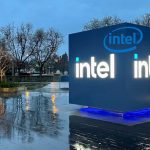The Rise and Fall of Intel: How America’s Largest Chipmaker Lost Its Way
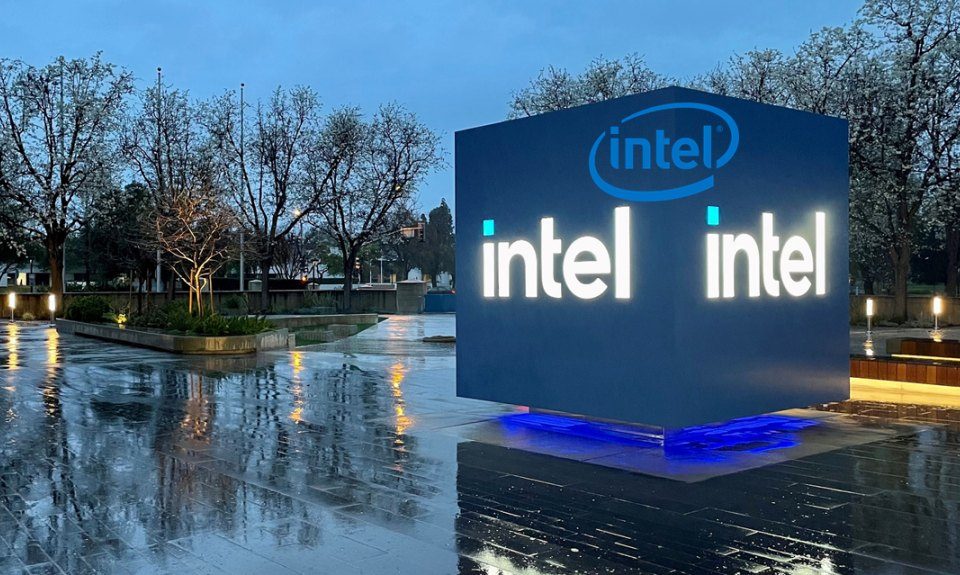
Intel, once a dominant force in the semiconductor world and the most valuable U.S. chip company, has seen its lead slip away, outpaced by competitors following a series of blunders. In April, Intel reported a staggering 133% year-over-year decline in earnings per share for the first quarter, marking the biggest quarterly loss in the company’s history. Revenue also took a significant hit, dropping nearly 36% to $11.7 billion.
Just a month later, Intel announced a new wave of layoffs, emphasizing plans to cut costs and improve efficiency through several initiatives. Earlier this month, the company followed through, laying off 17,500 employees—over 15% of its workforce—in an effort to reverse the losses in its semiconductor manufacturing division. The bulk of these job cuts are expected to be completed by the end of the year. So far this year, Intel’s market capitalization has plummeted by more than 50%, with its shares now trading below $20—a level not seen since 1982.
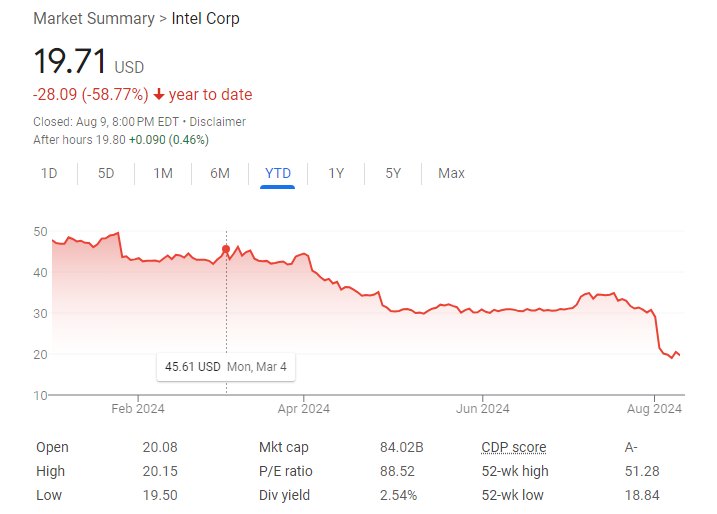
Intel Stock
This raises a critical question: How is a company that secured $8.5 billion out of the $11 billion allocated by the U.S. government through the CHIPS Act, and is building massive new facilities in Arizona, New Mexico, Ohio, and Oregon, still facing declining revenues and laying off staff? In this piece, we’ll explore how Intel, America’s largest chipmaker, lost its way and whether there’s a path forward for the company to regain its footing.
The Rise of Intel
Intel, founded in 1968, became synonymous with microprocessors, powering everything from personal computers and laptops to servers and other computing devices. Over the years, the company also diversified its offerings, producing motherboard chipsets, network interface controllers, solid-state drives, and graphics processing units (GPUs).
Intel’s climb to the top began in the 1970s, but it was the release of the IBM PC in 1981, featuring Intel’s x86 microprocessor, that truly solidified its position. The x86 architecture quickly became the standard for personal computers, thanks to its performance and compatibility, propelling Intel to the center of the PC revolution. Throughout the ’80s and ’90s, Intel didn’t just capitalize on the growing PC market—they expanded into servers and networking, further cementing their status as a leading tech company.
During the ’80s, ’90s, and even the early 2000s, Intel was a dominant force in the CPU market, particularly at the high end for both personal computers and enterprise servers. The company was at the forefront of semiconductor design and manufacturing.
The Fall of Intel
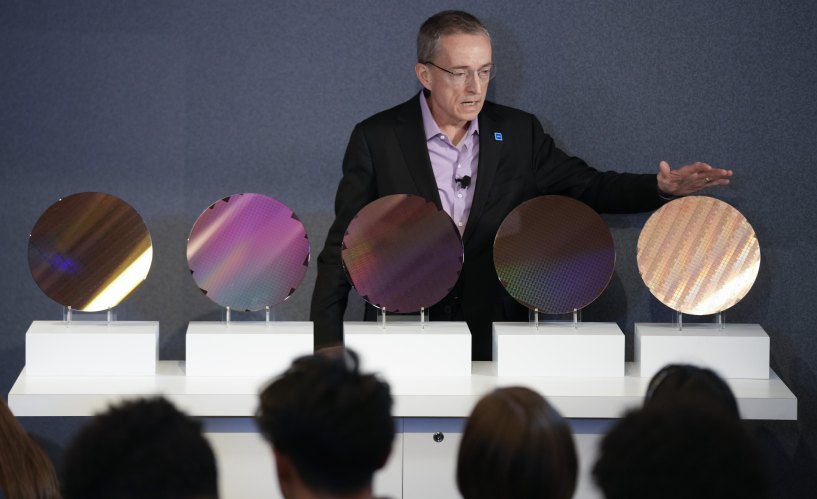
Despite its early dominance, Intel struggled to keep pace as the tech landscape shifted. The mobile revolution, ignited by the iPhone’s launch in 2007, was a critical juncture that Intel missed. The company’s effort to penetrate the mobile chip market with its Atom processors faltered due to issues with power consumption and cost, paving the way for competitors like ARM Holdings to take the lead with more efficient designs.
Intel had a chance to be part of the iPhone’s success story. When Apple was developing the first iPhone, Steve Jobs approached then-Intel CEO Paul Otellini to discuss the possibility of using Intel chips. According to Walter Isaacson’s biography Steve Jobs, the two companies couldn’t come to terms on pricing or intellectual property rights. Apple ultimately chose Samsung chips for the iPhone’s debut in 2007, and later, in 2008, acquired PA Semi, leading to the introduction of Apple’s own iPhone chip by 2010.
As smartphones rapidly gained popularity, they soon outpaced PC shipments, with nearly every modern smartphone using ARM-based chips instead of Intel’s x86 technology. ARM chips, known for their low power consumption, became the go-to choice for mobile devices. Apple’s shift to ordering massive quantities of iPhone chips from TSMC in 2014 enabled TSMC to advance its manufacturing capabilities, eventually surpassing Intel.
By the end of the decade, benchmarks showed that the fastest phone processors could rival Intel’s PC chips for certain tasks while consuming far less power. Around 2017, mobile chips from Apple and Qualcomm began integrating AI-specific components, further distancing themselves from Intel’s PC processors. While Intel introduced its first laptop with a neural processing unit (NPU) only recently, mobile processors had already established a strong foothold.
Intel’s struggle extended into its core PC chip business, where it began losing market share to products emerging from the mobile sector. Apple’s transition away from Intel chips in 2020, opting instead for its own ARM-based chips in Macs, marked a significant loss. Upcoming Windows laptops and budget Chromebooks are also increasingly turning to ARM.
“Intel lost a big chunk of their market share because of Apple, which is about 10% of the market,” Gartner analyst Mikako Kitagawa told CNBC.
Additionally, Intel was slow to recognize the importance of GPUs and AI technologies. Nvidia’s advancements in GPUs for both high-performance computing and AI put Intel at a disadvantage. By focusing primarily on integrated graphics and CPUs, Intel allowed companies like TSMC, with their superior manufacturing techniques, to outpace them. In the next section, we’ll explore in depth how Intel fell behind in the GPU race.
Nvidia-Intel Rivalry and How Intel Lost The GPU Race
The early 2000s marked a pivotal period for the semiconductor industry. Nvidia, founded roughly 25 years after Intel, emerged with a vision to revolutionize 3D graphics for gaming and multimedia. During this era, a debate brewed over whether central processing units (CPUs) or graphics processing units (GPUs) would shape the future of technology. Nvidia criticized Intel for clinging to its CPU legacy while Nvidia focused on the potential of GPUs, which would eventually become integral to deep learning and the AI landscape.
Intel’s struggle in this area can be attributed to its technological lag. Traditionally, Intel concentrated on CPUs, assuming they could handle AI tasks effectively. However, GPUs, particularly those from Nvidia, proved far superior for AI workloads thanks to their ability to process multiple calculations simultaneously. This efficiency has been a key factor in Nvidia’s dominance in AI and machine learning.
Nvidia’s early commitment to AI and machine learning further fueled its advantage. The company pioneered AI-optimized GPUs and developed CUDA, a parallel computing platform that became essential in AI research and development. This foresight allowed Nvidia to lead in AI while Intel struggled to catch up with these emerging trends.
Market dynamics have also worsened Intel’s position. Nvidia has outpaced Intel in annual revenue, driven by the soaring demand for its data center GPUs, especially in generative AI. For example, Nvidia’s revenue for fiscal year 2024 hit $60.9 billion, surpassing Intel’s $54.2 billion. Nvidia’s dominance in AI contrasts sharply with Intel’s reliance on traditional data center products like Xeon server CPUs, which have not adapted to changing demands. Today, Nvidia stands as a $3 trillion company.
Despite these setbacks, Intel isn’t out of the game. The company is actively working to reclaim its market position with new products such as the Gaudi AI processors and the Arc GPU, designed to compete with Nvidia’s offerings. Recent innovations, including the Lunar Lake chips, aim to boost AI performance and energy efficiency. While Intel has faced significant hurdles in the GPU and AI sectors, its ongoing efforts to innovate suggest that it remains a contender, even as Nvidia continues to lead the field.
Strategic Missteps and Federal Support

Intel’s misjudgment about the future potential of GPUs is just one of its many errors. Its troubles have also been exacerbated by a series of strategic missteps. Despite efforts to break into the AI chip market, including acquiring startups like Nervana Systems and Habana Labs, these moves have yet to make a significant impact in a sector dominated by NVIDIA and AMD. The lack of a unified AI product strategy has been a major hurdle for Intel.
Leadership issues and a focus on short-term gains over long-term innovation have also hindered Intel’s progress. The company’s slow adaptation to smaller chip architectures and missed opportunities during the global chip shortage have only deepened its challenges.
To address these issues, the federal government intervened with the CHIPS and Science Act, offering Intel up to $19.5 billion in grants and loans to bolster U.S. semiconductor manufacturing. This funding aims to increase domestic chip production and reduce dependence on foreign suppliers.
Even with this support, Intel has announced significant layoffs affecting about 20,000 employees, or 15% of its workforce, as part of a restructuring plan. This move underscores the ongoing difficulties Intel faces in regaining its competitive edge. The company’s stock has fallen, and revenue projections remain concerning, reflecting the depth of its struggles.
Conclusion
To wrap up, Intel’s experience underscores how even leading companies can struggle if they fail to adapt to technological changes and prioritize innovation. While federal support offers some relief, the road ahead remains tough. As Intel strives to regain its footing in the semiconductor industry, its journey serves as a crucial reminder of the importance of strategic flexibility and adaptability in a rapidly shifting market.
Below is a brief video exploring how Intel lost its way.



